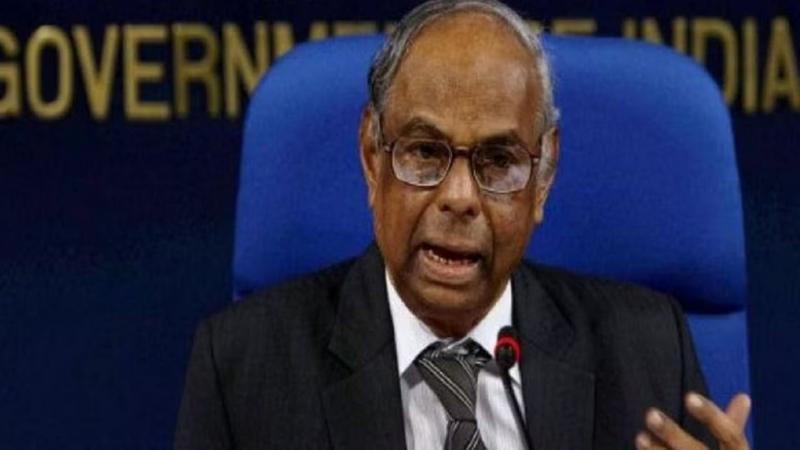Published 10:20 IST, August 4th 2024
Rangarajan warns against inefficient ‘import substitution’ in Atmanirbhar push
Rangarajan stressed that India’s development strategy should be multidimensional, focusing on increasing investment, advancing agriculture, and manufacturing.

Import substitution: On August 3, former RBI Governor C Rangarajan cautioned that India’s “Atmanirbhar” (self-reliant) initiative should avoid becoming an inefficient form of ‘import substitution’.
Speaking at the 14th Convocation of the ICFAI Foundation For Higher Education, Rangarajan addressed the need for careful implementation of self-sufficiency strategies in light of global supply disruptions, such as those caused by the Russian-Ukrainian war.
Rangarajan stressed that India’s development strategy should be multidimensional, focusing on increasing investment, advancing agriculture, manufacturing, and services, adopting new technologies, and promoting sectors that generate employment. He emphasised that “import substitution must be cost-effective,” warning against reverting to outdated, inefficient practices.
What is import substitution?
Import substitution is an economic policy aimed at reducing a country’s dependency on imported goods by encouraging domestic production. The strategy involves implementing measures such as tariffs, quotas, and subsidies to support local industries and promote self-sufficiency.
By protecting nascent industries from international competition, governments hope to stimulate the growth of local businesses, create jobs, and develop domestic capabilities.
However, import substitution can sometimes lead to inefficiencies if domestic industries are shielded from competition for too long, potentially resulting in higher production costs and lower-quality goods. Critics argue that without sufficient competition, local industries may lack the incentive to innovate or improve, which can hinder overall economic progress.
The former Governor highlighted that job creation remains a significant challenge and should be balanced with growth. Rangarajan suggested that India needs an average annual real growth rate of six to seven per cent to achieve a per capita income exceeding $13,000 by 2024, based on future exchange rate and inflation projections.
Rangarajan also underscored the importance of enhancing higher education in terms of access, equity, and quality, to support the country’s development goals.
(With PTI inputs)
Updated 14:52 IST, August 4th 2024